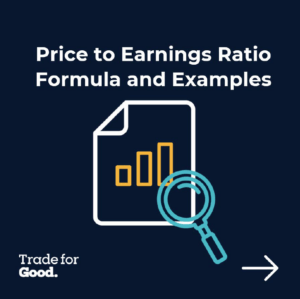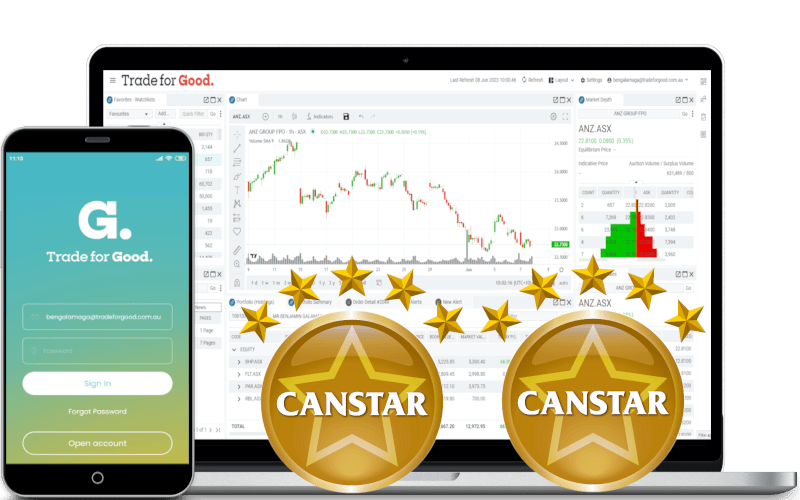 What Is the Price-to-Earnings (P/E) Ratio?
What Is the Price-to-Earnings (P/E) Ratio?
The price-to-earnings (P/E) ratio is a key metric for valuing a company, measuring its current share price relative to its earnings per share (EPS).
The P/E ratio, also known as the price multiple or the earnings multiple, the P/E ratio helps investors and analysts determine the relative value of a company’s shares.

Key Takeaways
- High P/E Ratio: A high P/E ratio could indicate that a company’s stock is overvalued or that investors expect high growth rates in the future.
- No P/E Ratio: Companies that have no earnings or are incurring losses do not have a P/E ratio.
- Types of P/E Ratios: There are two main types of P/E ratios—forward P/E (based on projected earnings) and trailing P/E (based on past earnings).
- Comparative Value: The P/E ratio is most valuable to analysts when compared against similar companies within the same industry, providing context for valuation assessments.

P/E Ratio Formula and Calculation
The formula and calculation used for this process are as follows: To determine the P/E value, divide the current stock price by the earnings per share (EPS).

EPS comes in two main varieties. TTM (trailing twelve months) is a calculation based on the past 12 months, while guidance EPS is an estimate for the future.
Understanding the P/E Ratio
P/E is one of the most widely used tools by which investors and analysts determine a stock’s relative valuation.
 Analysts look at long-term valuations:
Analysts look at long-term valuations:
P/E 10 is the average over 10 years of earnings,
and P/E 30 is the average over 30 years of earnings.
These measures are often used when trying to gauge the overall value of a stock index.
The All Ordinaries P/E is 17.4x since 1987, and the S&P 500 P/E is 20x.
Forward Price-to-Earnings
The forward P/E uses future earnings guidance. This forward-looking indicator is useful for comparing current earnings to future earnings and helps provide a clearer picture of what earnings will look like. There are inherent problems with the forward P/E:
- It may underestimate earnings for some companies.
- It may overstate the estimate.

Limitations of Using the P/E Ratio
Like any other fundamental metric designed to inform investors whether a stock is worth buying, the P/E ratio comes with a few limitations.
Comparing the P/E ratios of different companies:
- Valuations and growth rates of companies often vary widely between sectors.
- Depending on the industry in which the company operates, some industries will have higher average price-to-earnings ratios.

What Is a Good Price-to-Earnings Ratio?
Depending on the industry in which the company operates, some industries will have higher average price-to-earnings ratios.
For example, broadcasting companies might have a P/E ratio of 12x, while a software company can have a P/E of 60x.
 To determine whether a particular P/E ratio is good, compare it to the average P/E of the competitors within its industry.
To determine whether a particular P/E ratio is good, compare it to the average P/E of the competitors within its industry.
What Does a P/E Ratio of 15 Mean?
A P/E ratio of 15 means that the current market value of the company is equal to 15 times its annual earnings.
If you were to hypothetically buy 100% of the company’s shares, it would take 15 years for you to earn back your initial investment through the company’s ongoing profits, assuming the company never grew in the future.

Why Is the P/E Ratio Important?
The P/E ratio helps investors determine whether the stock of a company is overvalued or undervalued compared to its earnings.
 If a company is trading at a high P/E ratio, the market thinks highly of its growth potential and is willing to potentially overspend today based on future earnings.
If a company is trading at a high P/E ratio, the market thinks highly of its growth potential and is willing to potentially overspend today based on future earnings.
The Bottom Line
The P/E ratio is a widely used financial metric that offers valuable insights into a company’s valuation and investor expectations. However, it should be used in conjunction with other financial metrics and qualitative factors to make well-rounded investment decisions.

-
This is where you can find the Fundamental data on the Trade for Good software
Read More
You can download the offline guide here Price Earnings Ratio Guide

What you learn here has been used in our Trade for Good software.
Click on the button to find our software education videos.
You can read more of our educational articles in the Trade for Good Learn section
Trade for Good Learn

 What Is the Price-to-Earnings (P/E) Ratio?
What Is the Price-to-Earnings (P/E) Ratio?


